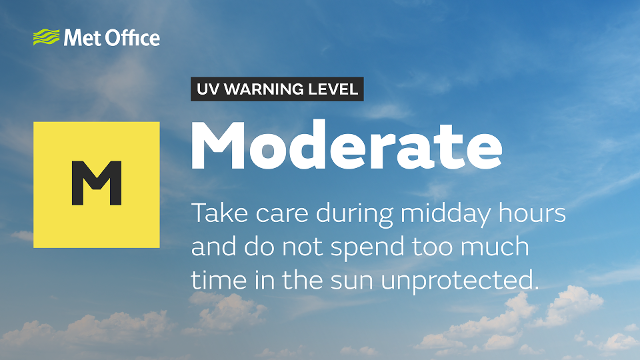How UV can affect your eyes
You can’t see UV but its damaging effects can stay with you for life. In fact, eyes are 10 times more sensitive to UV than skin.
Most of us are aware that we should protect our skin against UV (ultraviolet) rays by using sun cream and covering up. But do you ever consider what UV can do to our eyes?
Many of us wear sunglasses as a practicality to reduce the glare of the sun, or even to look cool, but there is a more serious reason for wearing shades.
UV radiation from the sun can have both short- and long-term effects on the condition of our eyes. It can burn the surface, cornea and lens of the eye, much like sun can burn skin. Long-term exposure to UV radiation can be serious. For instance, exposure to UV significantly increases the risk of developing cataracts, a clouding of the eyes lens and the leading cause of blindness in the world.
UK unaware of health risks
According to the Eyecare Trust our eyes are 10 times more sensitive to UV light than our skin but children’s eyes face an even greater risk of UV damage. Big pupils and clearer lenses means that 70 per cent more UV light can reach the retina of a child.
The World Health Organization estimates that this lack of natural eye protection, combined with the amount of time children spend playing outdoors, could mean that as much as 80 per cent of a lifetime’s UV is absorbed into the eye by the time a child reaches the age of 18.
In the UK, cumulative exposure to UV is one of the main causes of age-related macular degeneration and cataracts – the leading cause of sight loss that affects one in three people aged over 65 years. Parents need to ensure they protect their children’s eyes from the sun, or they are putting them at risk of permanent damage to their sight in the future.
Looking after your eyes
To protect your eyes from UV exposure it is important to wear good quality UV protective sunglasses that block out 99 to 100 percent of both UV-A and UV-B radiation and that screens 75 to 90 percent of visible light. Wraparound sunglasses offer the best protection while grey lenses give proper colour recognition. To protect your eyes further, you should also seek shade during the middle of the day between 11am and 3pm when UV penetration is at its strongest.
The UV index (the strength of the sun) can be high at many times of the year. It is worth remembering that it doesn't have to be hot and the sky doesn’t have to be cloudless for UV levels to be high. We grade the UV level from low to very high, and it is important to take action when UV levels are moderate or above.



To get UV forecasts for UK, all you have to do is simply go to the Met Office website or download the free Met Office app. The UV forecast shows the UV index for the next seven days and an hour-by-hour forecast for the next two days.
- For iPhone the app is available from the App store.
- For Android the app is available from the Google Play store.
Latest research
We undertook some research to find out what people know about UV and its effects and the actions they take when UV levels are high.
A huge surprise was that almost one third of people don’t know that the sun is our main source of UV and yet half of people know UV comes from sunbeds!
While 41% of adults worry about UV being a cause of skin cancer, only 22% worry about the effects of UV on their eyes, despite UV being much more damaging to eyes than to skin.
Many people underestimate the effects of UV. For instance, one quarter of people thinking UV is only harmful when the sky is clear. One in three people do not realise that eyes can get burnt by UV, a quarter of UK adults believe that UV light is not harmful after 3pm and 27% believing that if its cold outside then there is no need to worry about UV.
UV awareness
One thing that most people did get right is that UV is more damaging to children than adults, with six out of 10 people answering this correctly. However, almost half of people thought that UV damage was reversible – which it isn’t – and almost half felt that the darker the lens the more protection sunglasses offered, which is also not true.
In terms of protecting against UV, just under half of people didn’t know whether their sunglasses offered UV protection. Three quarters of parents weren’t aware that there is any such thing as a UV forecast. Meanwhile, only a quarter of parents would take protective action when the UV level is moderate, even though this is the level at which the NHS suggest people should take action.
UV awareness is generally growing but this has largely been limited to the effects of UV on skin and how this can lead to skin cancer. Now, we hope to shine the spotlight on the effect of UV on eyes and especially children, thereby helping to protect the eyesight of a generation.





